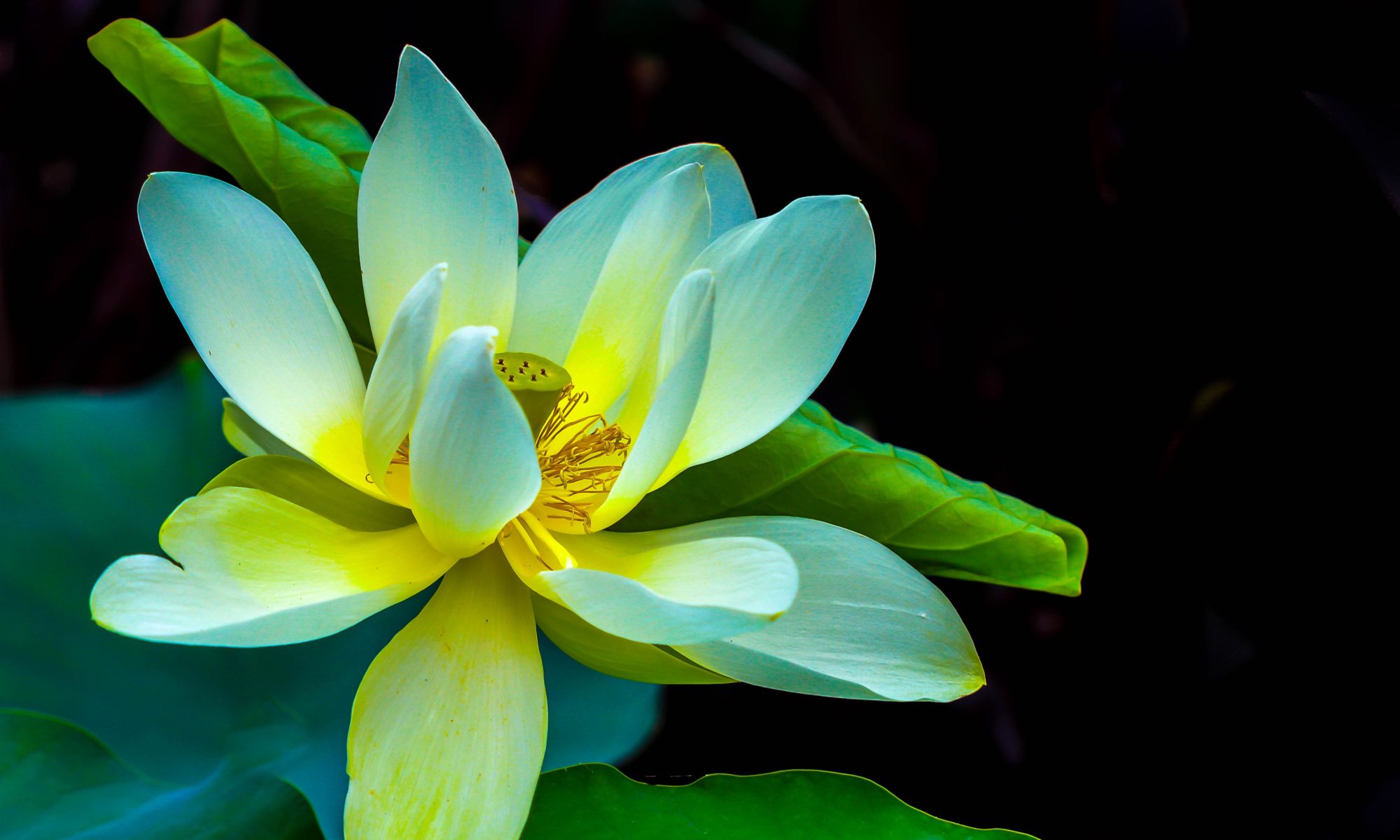Bro Teoh’s 25th Nov 2018 Sunday class
Bro Teoh’s 22nd Nov 2018 Thursday class
Bro Teoh’s Thursday class dated 22nd November 2018
Bye! and with metta always,
Teoh
Bro Teoh’s 18th November 2018 Sunday class
Dear Kalyanamittas,
Below are the audio links to our 18th November 2018 house dana recording for sharing by all:
(Today’s rather good sharing by Bro. Teoh at House Dana hosted by Bro. Pan and Sis. Angie dated 18th Nov 2018):
https://broteoh.com/wp-content/uploads/Teoh-181118-Pan-Angie-House-Dana.mp3
or at:
https://www.dropbox.com/s/8toa3ktjplvc1t3/Hse%20Dana%20Pan%20Angie%2020181118.mp3?dl=0
|
www.dropbox.com
Shared with Dropbox
|
||
Outline short notes link: https://broteoh.com/wp-content/uploads/Teoh-181118-Pan-Angie-House-Dana-Outline.pdf
Bye! with metta always,
Teoh
Bro Teoh’s 15th November 2018 Thursday class
Dear Kalyanamittas,
Below are the audio links to our last Thursday class dated 15th November 2018 recording for sharing by all:
https://broteoh.com/wp-content/uploads/Teoh-Thu-181115.mp3
or at :*
https://www.dropbox.com/s/q5tetf1lpk8u765/Teoh%20class%20181115.MP3?dl=0
|
www.dropbox.com
Shared with Dropbox
|
||
Also attached are the outline short notes link and J Krishnamurti daily quote link:
https://broteoh.com/wp-content/uploads/Short-Notes-Teoh-Thu-181115.pdf
https://broteoh.com/wp-content/uploads/Why-is-one-thoughtless-J-Krishnamurti.docx.pdf
Bye! and with metta always,
Teoh
Bro Teoh’s 11th November 2018 Sunday class
Dear Kalyanamittas,
Below are the audio links to our above Sunday class dated 11th November 2018:
*HIGHLY RECOMMENDED*
https://broteoh.com/wp-content/uploads/4-Cultivating-the-Bodhisattva-Way-11-Nov-2018.mp3 or at:
https://www..dropbox.com/s/2uqt7lj1znbp8o5/4%20Cultivating%20the%20Bodhisattva%20Way%2011%20Nov%202018.MP3?dl=0 *HIGHLY RECOMMENDED*
The Outline short notes are: https://broteoh.com/wp-content/uploads/Short-Notes-Teoh-WPCS-181111.pdf
Finding Silence: https://broteoh.com/wp-content/uploads/Finding-silence-J.-Krishnamurti.pdf
Bye! and with metta always,
Bro Teoh’s 8th November 2018 Thursday class
Dear Kalyanamittas,
|
www.dropbox.com
Shared with Dropbox
|
||
The other links are – i) Outline short note link: https://broteoh.com/wp-content/uploads/Short-Notes-Teoh-Thu-181108.pdf
Spiritual trip to Aloka Buddhist Centre (ABC) Malacca by Bro Teoh Kian Koon
Dear Kalyanamittas,
Further to my above earlier sharing I am please to also enclose the below website link to our https://broteoh.com website for further sharing by all.
|
broteoh.com
Dear Kalyanamittas, Below are the audio links to our 18th Oct 2018 Thursday class recording for sharing by all.
|
||
[14/11, 21:54] Chin How: https://broteoh.com/spiritual-trip/
Bro Teoh’s Dharma sharing at Aloka Buddhist Centre (ABC) Malacca
Dear Kalyanamittas,
Below is the audio link to our Bro Teoh’s dharma sharing at Aloka Centre Malacca (ABC) dated 13th November 2018 for sharing by all.
|
www.dropbox.com
Shared with Dropbox
|
||
Bye! and with metta always,

